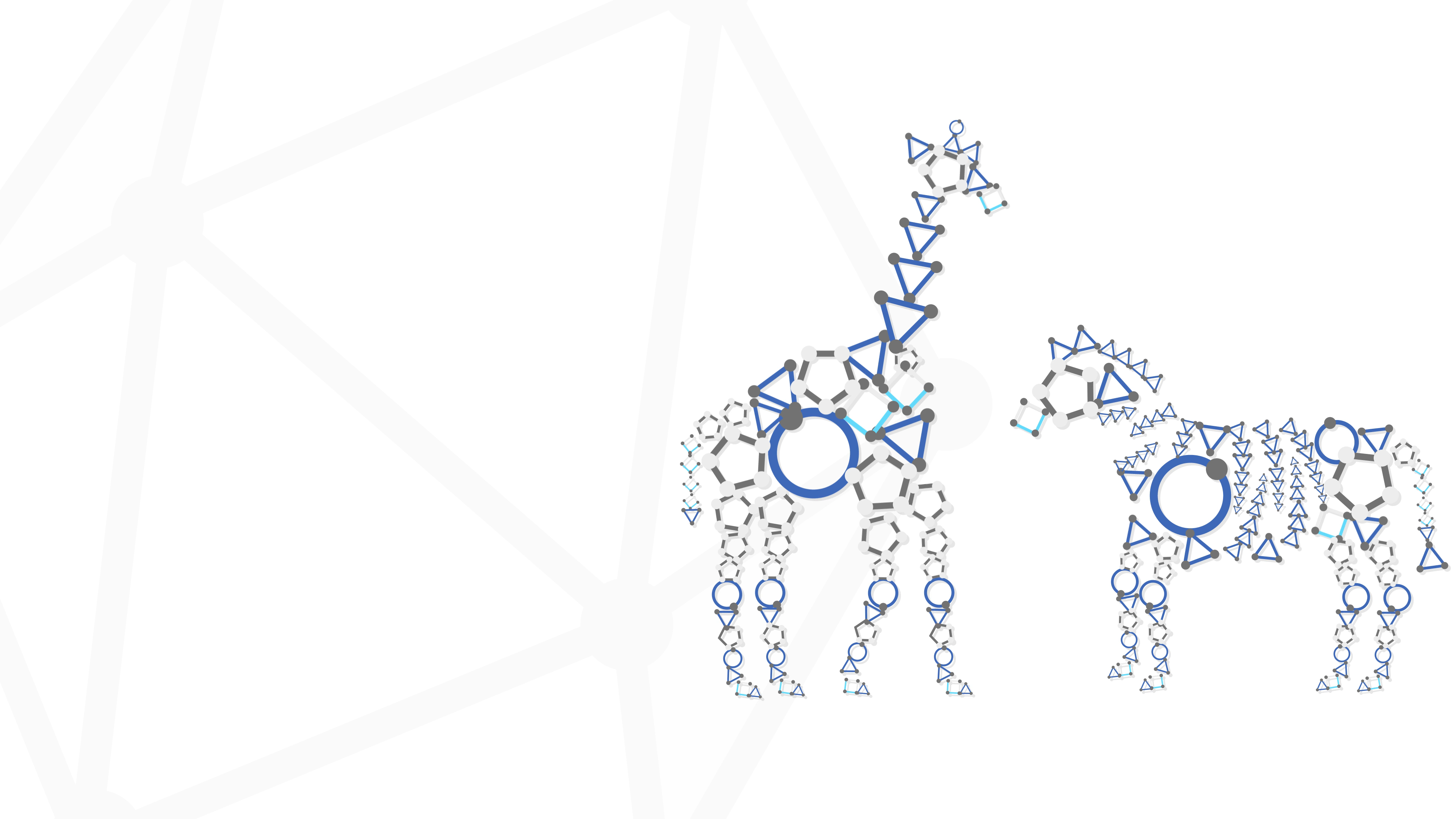Open Neural Network eXchange (ONNX) Model Zoo
The ONNX Model Zoo is a collection of pre-trained models for state of the art models in deep learning, available in the ONNX format. Where supported, the models are also available in the Model Server archive format. Accompanying each model are Jupyter notebooks for model training and running inference with the trained model. The notebooks are written in Python and include links to the training dataset as well as references to the original paper that describes the model architecture. The notebooks can be exported and run as python(.py) files.
What is ONNX?
The Open Neural Network eXchange (ONNX) is a open format to represent deep learning models. With ONNX, developers can move models between state-of-the-art tools and choose the combination that is best for them. ONNX is developed and supported by a community of partners.
Models
Image Classification
This collection of models take images as input, then classifies the major objects in the images into a set of predefined classes.
| Model Class | Reference | Description |
|---|---|---|
| MobileNet | Sandler et al. | Efficient CNN model for mobile and embedded vision applications. Top-5 error from paper - ~10% |
| ResNet | He et al., He et al. | Very deep CNN model (up to 152 layers), won the ImageNet Challenge in 2015. Top-5 error from paper - ~6% |
| SqueezeNet | Iandola et al. | A light-weight CNN providing Alexnet level accuracy with 50X fewer parameters. Top-5 error from paper - ~20% |
| VGG | Simonyan et al. | Deep CNN model (upto 19 layers) which won the ImageNet Challenge in 2014. Top-5 error from paper - ~8% |
Face Detection and Recognition
These models detect and/or recognize human faces in images. Some more popular models are used for detection/recognition of celebrity faces, gender, age, and emotions.
| Model Class | Reference | Description |
|---|---|---|
| ArcFace | Deng et al. | ArcFace is a CNN based model for face recognition which learns discriminative features of faces and produces embeddings for input face images. |
| CNN Cascade | Li et al. | contribute |
Object Detection & Segmentation
These models detect the presence of multiple objects in an image and segment out areas of the image where the objects are detected.
| Model Class | Reference | Description |
|---|---|---|
| SSD | Liu et al. | Coming soon |
| Faster-RCNN | Ren et al. | contribute |
| Mask-RCNN | He et al. | contribute |
| YOLO v2 | Redmon et al. | Coming soon |
| YOLO v3 | Redmon et al. | contribute |
Semantic Segmentation
Semantic segmentation models will identify multiple classes of objects in an image and provide information on the areas of the image that object was detected.
| Model Class | Reference | Description |
|---|---|---|
| FCN | Long et al. | Coming soon |
Other CNN models
| Model Class | Reference | Description |
|---|---|---|
| Gender Detection | Age and Gender Classification using Convolutional Neural Networks | contribute |
| Super Resolution | Image Super resolution using deep convolutional networks | contribute |
Generative models
| Model Class | Reference | Description |
|---|---|---|
| Text to Image | Generative Adversarial Text to image Synthesis | contribute |
| Style Transfer | Unpaired Image to Image Translation using Cycle consistent Adversarial Network | contribute |
| Sound Generative models | WaveNet: A Generative Model for Raw Audio | contribute |
NLP models
| Model Class | Reference | Description |
|---|---|---|
| Speech Recognition | Speech recognition with deep recurrent neural networks | contribute |
| Text To Speech | Deep voice: Real time neural text to speech | contribute |
| Language Model | Deep Neural Network Language Models | contribute |
| Machine Translation | Neural Machine Translation by jointly learning to align and translate | contribute |
| Machine Translation | Google's Neural Machine Translation System: Bridging the Gap between Human and Machine Translation | contribute |
Models using Vision & NLP
| Model Class | Reference | Description |
|---|---|---|
| Visual Question Answering | VQA: Visual Question Answering | contribute |
| Visual Question Answering | Yin and Yang: Balancing and Answering Binary Visual Questions | contribute |
| Visual Question Answering | Making the V in VQA Matter: Elevating the Role of Image Understanding in Visual Question Answering | contribute |
| Visual Dialog | Visual Dialog | contribute |
Other interesting models
| Model Class | Reference | Description |
|---|---|---|
| Time Series Forecasting | Modeling Long- and Short-Term Temporal Patterns with Deep Neural Networks | contribute |
| Recommender systems | DropoutNet: Addressing Cold Start in Recommender Systems | contribute |
| Collaborative filtering | contribute | |
| Autoencoders | contribute |
Model Serving
Want to try out models instantly? Many of the models in this model zoo can be served with Model Server using the model archives provided. Model Server is a flexible and easy tool to serve deep learning models by providing a REST API with an inference end point. Supported ONNX models such as those converted from Chainer, CNTK, MXNet, and PyTorch can be served with Model Server. To learn about ONNX model serving with Model Server, refer to the Model Server ONNX documentation.
Model Visualization
You can see visualizations of each model's network architecture by using Netron.
Contributions
Do you want to contribute a model? To get started, pick any model presented above with the contribute link under the Description column. The links point to a page containing guidelines for making a contribution.


